Simon Buckmaster explores how Gateway 2 bottlenecks and evolving Building Safety Act requirements are reshaping external wall specification – and why A2-rated cladding can help designers avoid costly delays

You don’t have to look far in the construction sector to find discussion of Gateway 2 bottlenecks. While the Building Safety Act (BSA) has introduced vital new safety steps for higher-risk buildings, delays are creating significant challenges.
Resource pressures within the Building Safety Regulator, the quality of applications and industry unfamiliarity with the new regime are all contributing to backlogs.These delays can add months to project timelines and substantially increase costs – even holding up essential remediation work on unsafe cladding.
For external building fabric, the BSA enforces compliance with the Building (Amendment) Regulations 2018 (SI 2018/1230) – Regulation 7(2), banning combustible materials in the external walls of certain high-rise buildings. Materials must achieve Class A2 or A1 as per BS EN 13501-1.
Put simply, the Building Safety Regulator will not approve work unless it complies with the full suite of Building Regulations, including the minimum A2 requirement where applicable. Class A2 (A2-s1, d0) denotes limited combustibility, minimal smoke production (s1) and no flaming droplets or particles (d0), with A1 offering non-combustibility.
The Building Safety Act applies to all work under the Building Regulations 2010, but additional safety measures apply to taller buildings. Buildings at least 11m (or five storeys) high must meet stricter fire safety regulations, while buildings 18m or higher (or seven storeys with at least two residential units) are defined as higher-risk buildings (HRBs). This category also includes hospitals and care homes.
The Act also factors in the risk of fire spread between buildings with short separation distances. Proximity directly affects design choices such as cladding materials, external wall construction and openings like windows and vents. The closer a building sits to another structure, the higher the fire resistance and non-combustibility standards required for external elements facing that direction.
For HRBs, the BSA gateway approval system demands even more evidence. This includes:
- A fire statement showing how fire spread to adjacent buildings is prevented
- Demonstration of compliance with Regulation 7 and Approved Document B space-separation rules
- Justification of material choices
- A compartmentation strategy considering nearby buildings.
With so much at risk if projects fail to pass the Building Safety Regulator first time – especially with current delays – designers and architects need certainty. This is why many are opting for A2-rated cladding products, which simplify compliance regardless of building use, height or proximity to neighbouring structures.
Fibre cement products in particular offer high quality facades with design flexibility, durability and cost-effective performance. Made from Portland cement, sand, cellulose fibres, water and selected additives, fibre cement panels combine low resource use with easy installation. Most importantly, their A2 classification provides compliance and peace of mind for both new build and refurbishment schemes, including HRBs.
Choosing reputable manufacturers also helps reduce risk of delays, thanks to access to reliable technical information and concise documentation to support the “Golden Thread” requirement.
This remains a challenging time for the industry. In January 2025, a Freedom of Information request by consultant Project4 revealed construction starts on more than 800 high-rise residential projects – including 600 retrofits – were being blocked by Building Safety Regulator design checks.
As is often the case, the solution lies in correct specification: choosing the right materials to combine compliance, aesthetics, buildability and durability. And with the stakes higher than ever, making the right choice first time has never been more important.
Postscript
Simon Buckmaster is operations manager at James Hardie


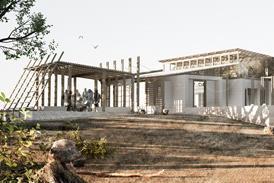
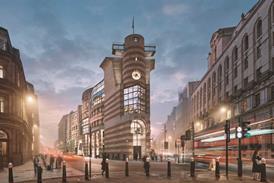

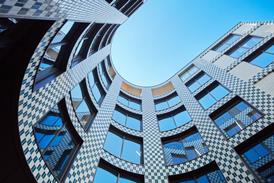
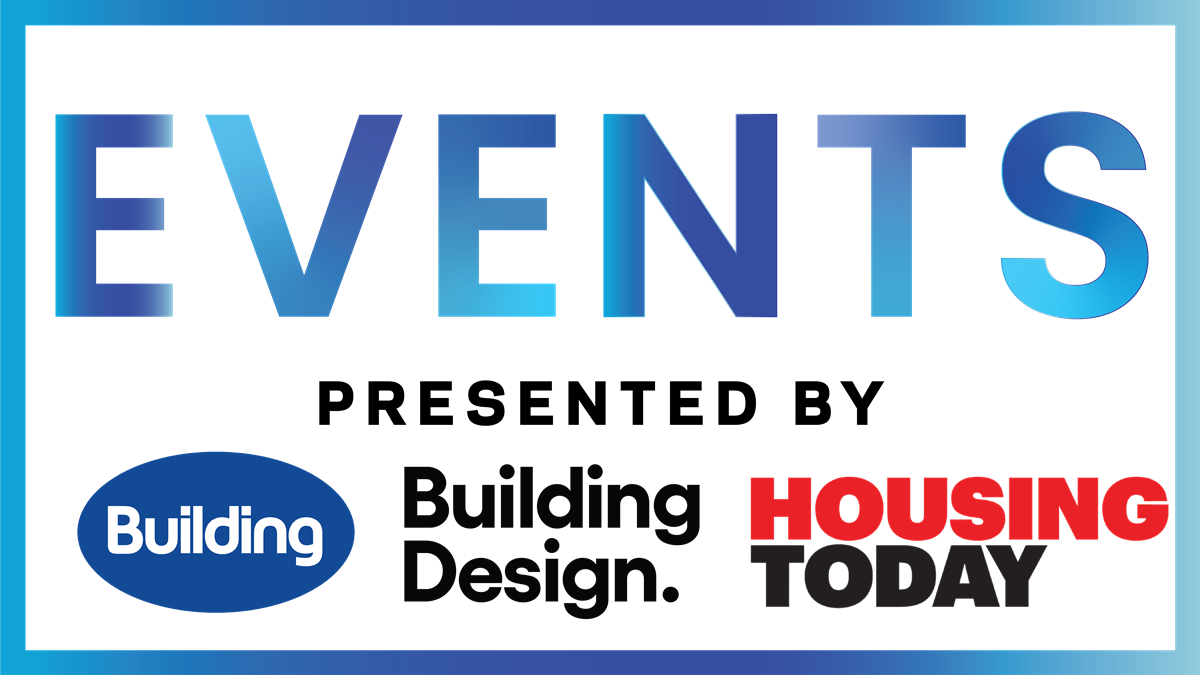
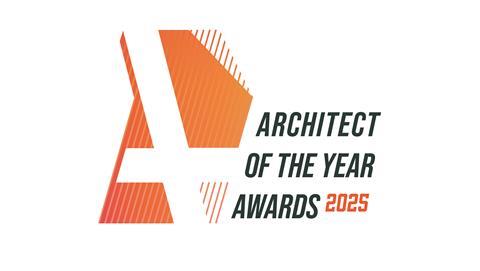
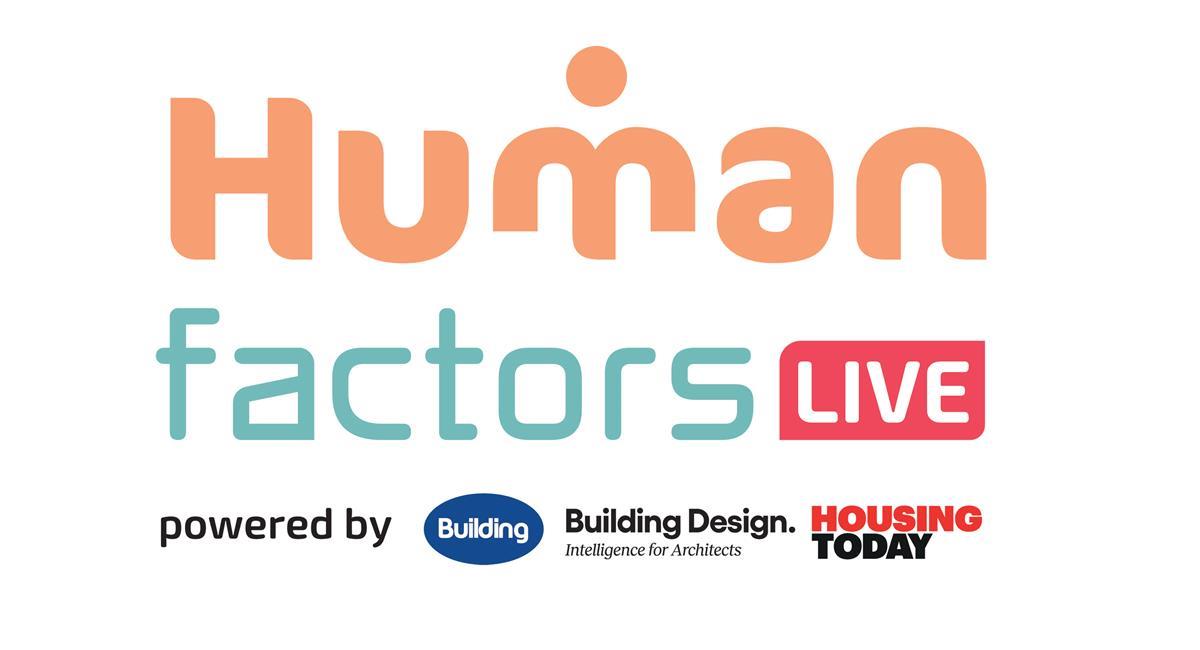







No comments yet